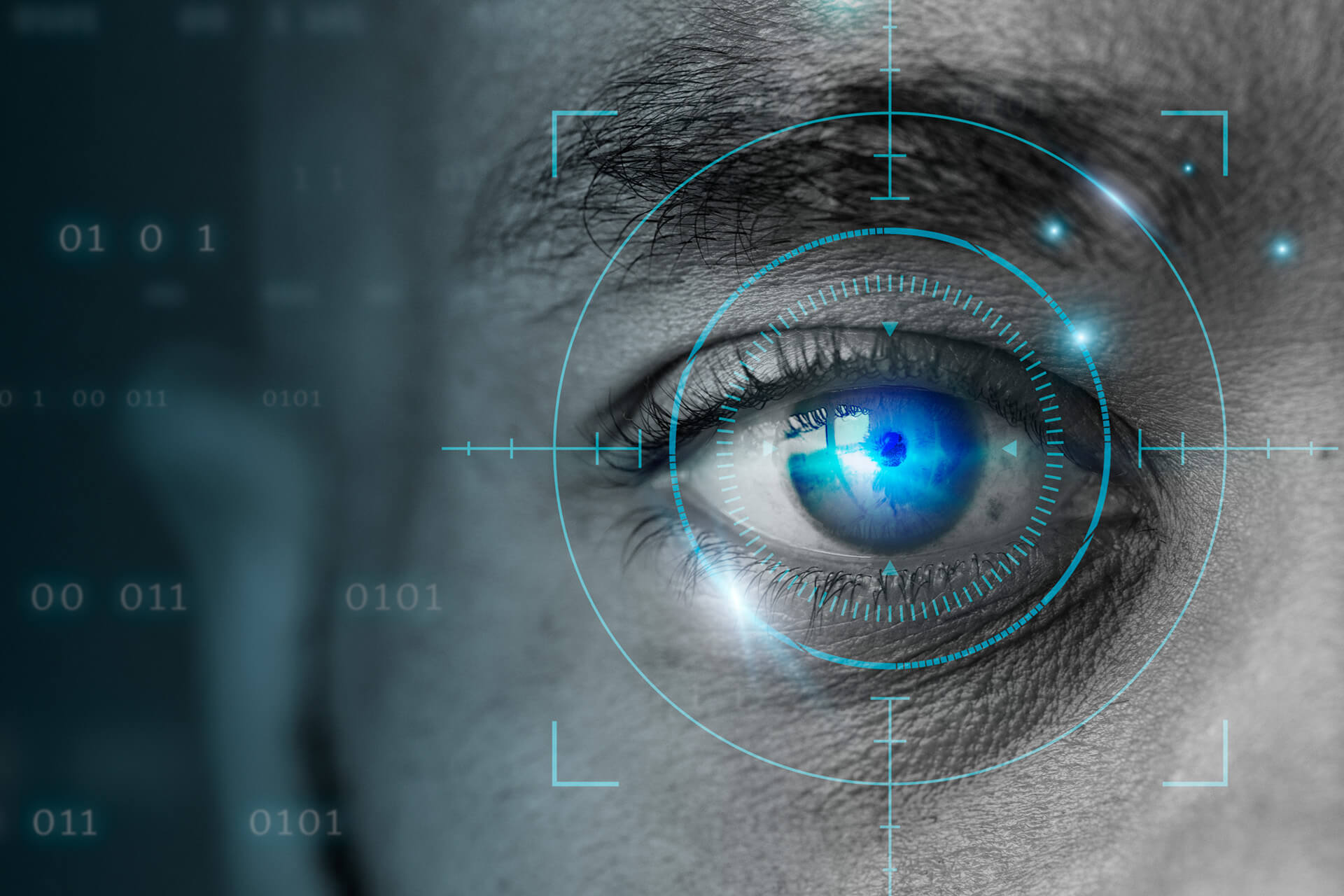
As digital transformation continues to accelerate, AI is revolutionising access control systems, making them more intelligent, agile, and secure than ever before. The ability of AI to process vast amounts of data and make real-time decisions is transforming access control from a reactive approach to a proactive one, significantly improving protection against security threats.
AI-powered biometric authentication is taking traditional systems like facial recognition and fingerprint scanning to new levels of accuracy. AI can adapt to changes in appearance—whether due to ageing, lighting, or accessories—ensuring more reliable results while reducing the risk of impersonation. AI also enhances behavioural biometrics, which monitor unique user patterns like typing speed and walking style. This enables continuous, non-intrusive authentication, improving security without interrupting user experiences.
Context-aware access control leverages AI to evaluate real-time factors such as location, device, and user behaviour. Rather than relying on fixed permissions, AI dynamically adjusts access based on the context. For example, an attempt to log in from an unfamiliar location or device may trigger additional verification steps, making systems more responsive to potential risks and threats.
In Risk-Based Authentication (RBA), AI assesses every access request by analysing behavioural and environmental data like IP addresses and device reputation. This allows security systems to strike a balance by applying stricter measures, like multi-factor authentication (MFA), only to higher-risk activities while ensuring a seamless experience for low-risk users.
AI in video surveillance is another game-changer. AI-driven systems monitor live footage and can detect suspicious activities, such as tailgating—when an unauthorised person follows someone into a restricted area. These real-time alerts integrate with access control systems to enhance security not just at entry points but throughout an entire premises.
The integration of AI with IoT is transforming physical security in smart buildings. AI-powered access control systems manage doors, lighting, and other infrastructure based on real-time conditions, creating a dynamic and secure environment. By integrating seamlessly with IoT devices, AI ensures efficient, automated operations that enhance both security and convenience in modern facilities.
One of AI’s most powerful features is its ability to learn and predict. AI continuously analyses user behaviour and access logs to anticipate potential threats. These self-learning systems can detect unusual patterns, flagging risks and preventing unauthorised access before it happens. This capability is precious for large organisations with complex access control needs.
In the realm of identity and access management (IAM), AI is automating user provisioning, role assignments, and compromised account detection. By ensuring that access rights evolve in line with user behaviour, AI enhances security while helping organisations comply with industry regulations.
In conclusion, AI is fundamentally reshaping access control by making systems smarter, more adaptive, and proactive in preventing security threats. From advanced biometric authentication to predictive analytics and real-time anomaly detection, AI is leading a security revolution. Organizations that embrace these AI-driven trends will be better equipped to manage security risks while providing users with a seamless experience.

